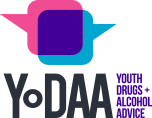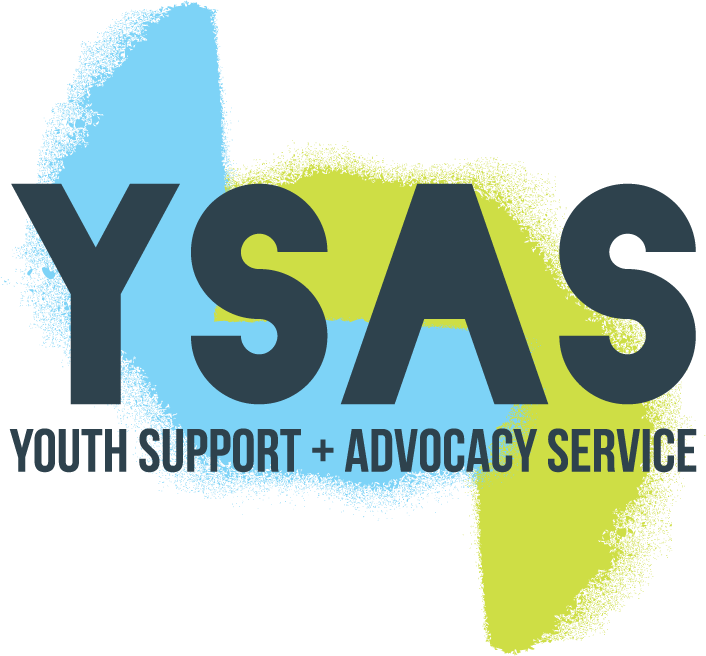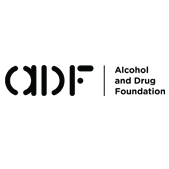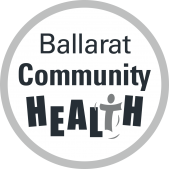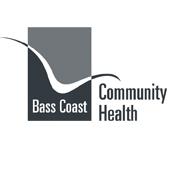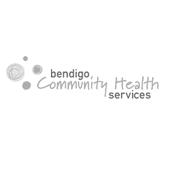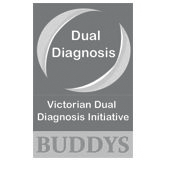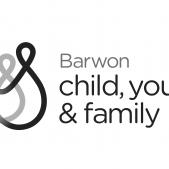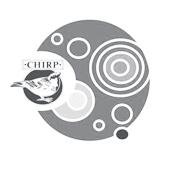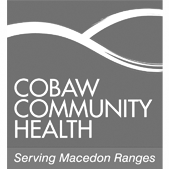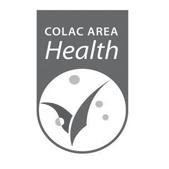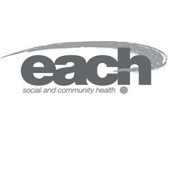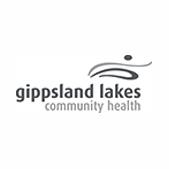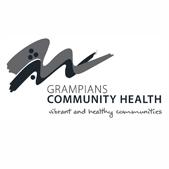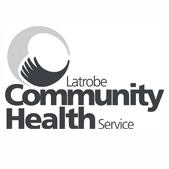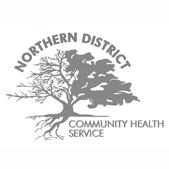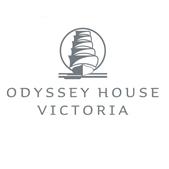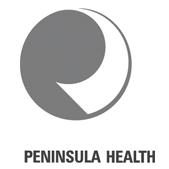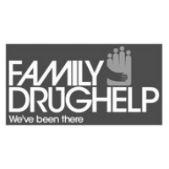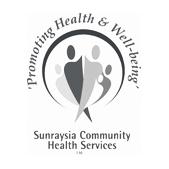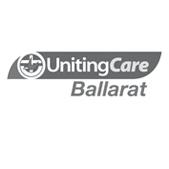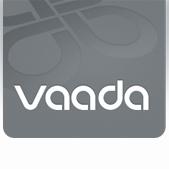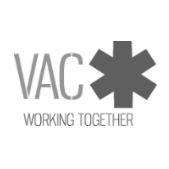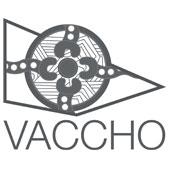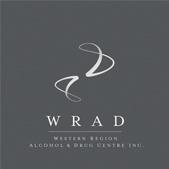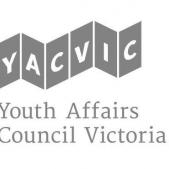Research
Global Drug Survey 2014 and the High-way Code
You can lead a young person to water (between alcoholic beverages) but you can not make them drink. Or can you? The Global Drug Survey 'High-way Code' tips this quandary on its head by listening to what people who use substances have to say and asking "which harm minimisation strategies increase pleasure of substance use and which ones diminish it?"
Based on the experience of almost 80,000 people who took part in the Global Drug Survey 2014, the High-way Code is a guide to harm minimisation stratagies voted on by people who use substances.
It came about as a result of feedback from participants in last years survey questioning why researchers obsess over the harms of substance use, whilst overlooking the pleasures. Focusing on pleasures, they argued could give greater insight into why some harm minimisation stratagies are adopted and others ignored. Whilst the resulting harm minimisation guide makes for interesting reading, it is worth remembering that for many young people, pleasure is not the only function of substance use.
And despite the vastness of the study (78,820 respondants from 43 countries) it should be noted that participants were self selecting (typically in their in 20s and 30s, well-educated, club goers).
The results may not be representative of the high risk young people that we meet in drop in centers and crisis accomidation, but focusing on the function, purpose and meaning of substance use rather than the harms, is a good take home message none the less. You can read about how the High-way Code came about in this article by founder of the Global Drug Survey, Adam Winstock or email us and have your say about what makes for effective harm minimisation.
